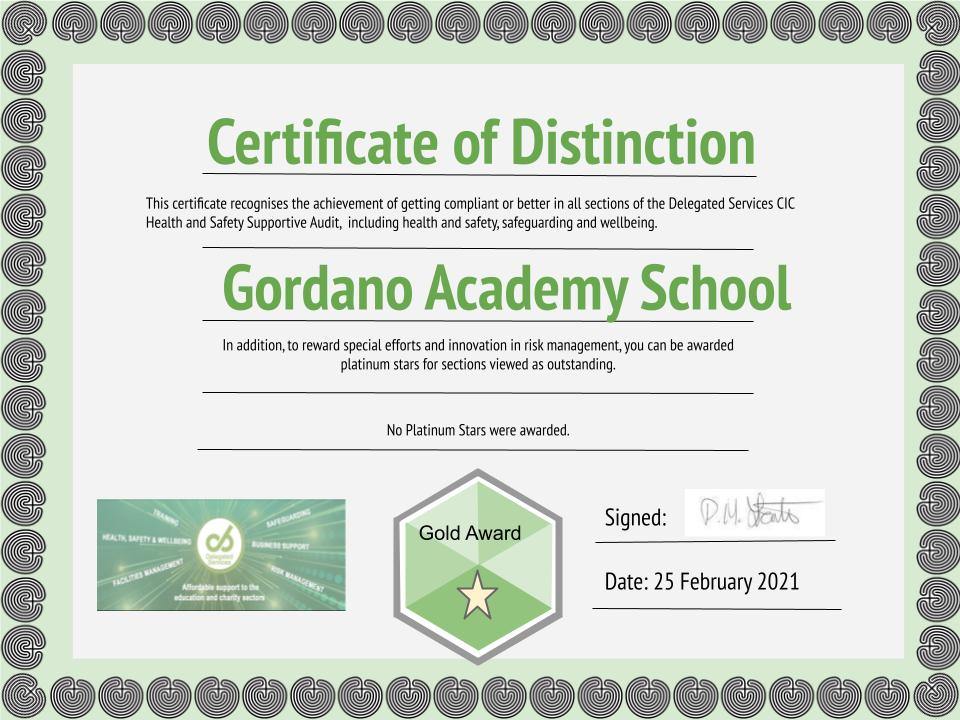Photography A Level
Course Description
A Level Photography enables students to engage creatively and critically with photographic media, both traditional and digital, while developing a strong personal visual voice. Students explore a breadth of photographic approaches such as portraiture, landscape, documentary, experimental imagery, moving image and multimedia while also developing technical mastery in camera use, lighting, post-production and presentation.
You are encouraged to investigate photographic theory, histories, and contextual examples using sketchbooks, workbooks or journals to underpin your explorations
| Contact: | Miss H Fawcett | Exam Board: | AQA |
| QAN: | 601/4456/7 | Subject Code: | Pg |
The Course
Year 12
Portfolio (Non-Exam Assessment)
The year begins with foundation workshops covering technical and creative techniques: camera operation, exposure control, lighting, composition, experimental techniques, mixed media and manipulation (digital and physical).
Students then develop a self-led personal project, selecting a theme or direction and producing a sustained body of work that shows experimentation, development, refinement and a clear personal response.
Sketchbooks, visual journals, digital powerpoints may be used to plan, test, reflect and critically respond.
Individual tutorials and 1-to-1 guidance support your
independent working and decision making.
Students then choose one of AQA’s starting points to develop an extended project.
This culminates in a 10-hour supervised practical exam.
Students continue to refine, experiment, and develop their photographic direction under guided feedback and tutorial support.
Year 13
Component 1 – Personal Investigation (Non-Exam Assessment)
Students expand their photographic investigation into a more sustained and cohesive final body of work, guided by a personally chosen starting point or theme.
Alongside the photographic work, students produce a written personal study (1000–3000 words) that demonstrates critical understanding, context, influences, and reflective thinking.
The project must show progression, refinement, and a mature personal response.
Component 2 – Extetrnally Set Assignment (Exam)
Students again respond to one of AQA’s starting points, developing their ideas through preparatory work and then completing a 15-hour supervised practical exam.
Emphasis is placed on independent working, decision-making and handling time pressure.
Throughout both components, students will be assessed on:
- Technical competence and handling of materials, techniques and processes
- Creative and personal direction, experimentation and refinement
- Contextual awareness, critical and historical understanding
- Communication, presentation and visual coherence
Students are expected to work independently, show a strong level of self-motivation and creativity, and follow through on ideas and experimentation.
Students should be ready to engage with critical thinking, research, reflection, and independent decision making.
Requirements for Entry
A strong GCSE portfolio of grade 5 and above and evidence of commitment to photographic or creative work is desirable
Possible Subject Combinations
Photography works well alongside subjects such as Art (Fine Art), Media Studies, English.
Where can A Level Photography take me?
Students often continue via a one-year Art & Design Foundation course before specialising in photography, film, media, visual communication, photojournalism, advertising, fashion, or fine art. Strong A Level grades may also lead directly into undergraduate creative arts courses or media-related degree programmes
Assessment
| Table Heading | % A Level | |
|---|---|---|
| Component 1 Personal Investigation |
Marked internally and moderated by AQA (96 marks) |
60% |
| Component 2 Externally set assignment |
15 hour timed examination piece Marked internally and moderated by AQA (96 marks) |
40% |








